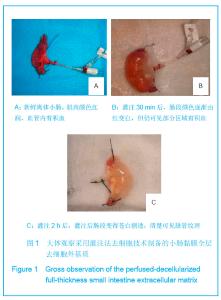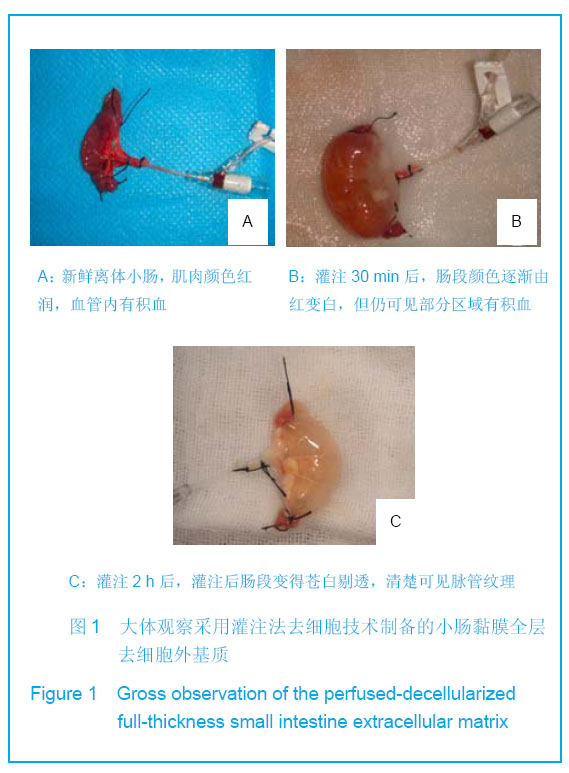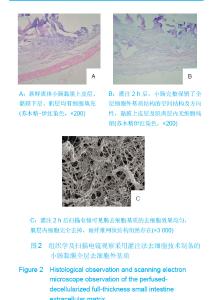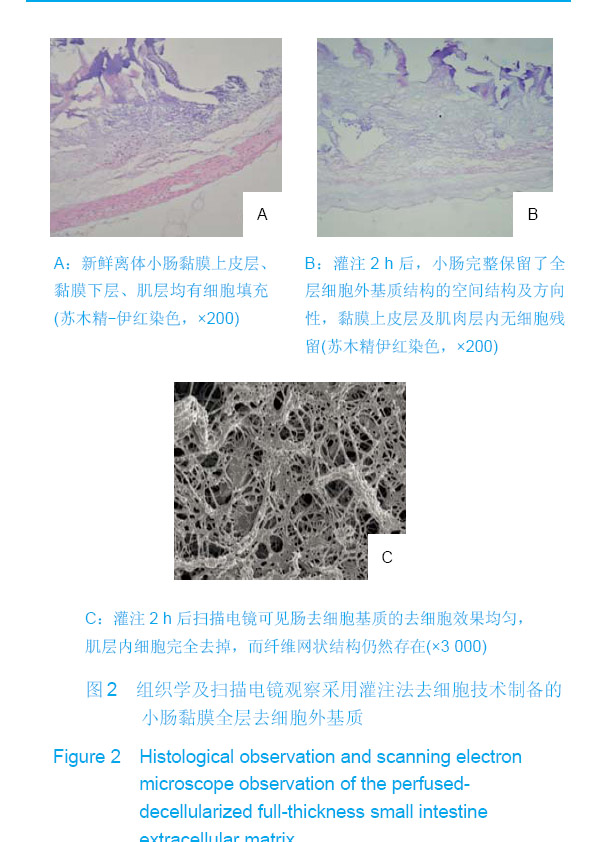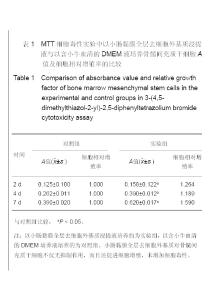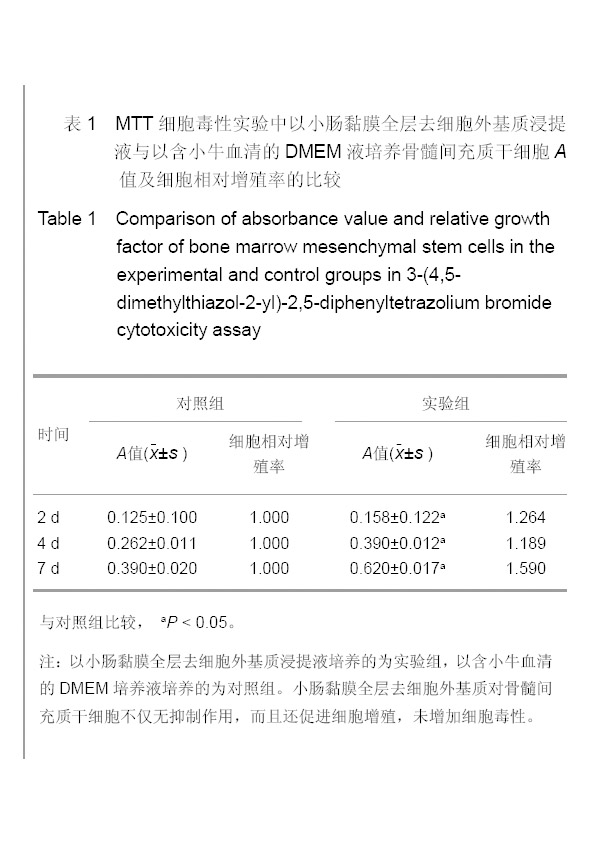| [1] Birchall M,Macchiarini P.Airway transplantation:a debate worth having? Transplantation.2008;85(8):1075-1080.[2] Baiguera S,Jungebluth P,Burns A,et al.Tissue engineered human tracheas for in vivo implantation. Biomaterials. 2010; 31(34):8931-8938.[3] Macchiarini P,Jungebluth P,Go T,et al.Clinical transplantation of a tissue-engineered airway. Lancet.2008;372(9655): 2023-2030.[4] Delaere P,Vranckx J,Verleden G,et al.Tracheal allotransplantation after withdrawal of immunosuppressive therapy.N Engl J Med.2010;362:138-145.[5] Laurance J. British boy receives trachea transplant built with his own stem cells.BMJ.2010;340:c1633.[6] Kanemaru S,Hirano S,Umeda H,et al.A tissue-engineering approach for stenosis of the trachea and/or cricoid. Acta Oto-Laryngologica.2010;563:79-83.[7] Birchall MA,Lorenz RR,Berke GS,et al.Laryngeal Transplantation in 2005:a review.Am J Transplant.2006; 6(1):20-26.[8] Langer R,Vacanti JP.Tissue engineering. Science. 1993; 260(5l10):920-926.[9] Ott HC,Mathisen DJ.Bioartificial tissues and organs: are we ready to translate?Lancet.2011;378(9808):1977-1978.[10] Ott HC,Matthiesen TS,Gob SK,et al.Perfusion decelhlarized matrix:using nature platform to engineer a bioartifieial heart. Nat Med.2008;14(2):213-221.[11] Kushibe K,Nezu K,Nishizaki K,et al.Tracheal allotransplantation maintaining cartilage viability with long-term cryopreserved allografts.Ann Thomc Surg.2001; 71(5):1666-1669.[12] Badylak SF,Gilbert TW.Immune response to biologic scaffold materials.Semin Immunol.2008;20(2): 109-116.[13] Marcos-Campos I,Marolt D,Petridis P,et al.Bone scaffold architecture modulates the development of mineralized bone matrix by human embryonic stem cells. Biomaterials. 2012. Epub ahead of print.[14] Moran EC,Baptista PM,Evans DW,et al.Evaluation of parenchymal fluid pressure in native and decellularized liver tissue.Biomed Sci Instrum. 2012;48:303-309.[15] Ackbar R,Ainoedhofer H,Gugatschka M,et al.Decellularized ovine esophageal mucosa for esophageal tissue engineering.Technol Health Care. 2012;20(3):215-223.[16] Ott HC,Clippinger B,Conrad C,et al.Regeneration and orthotopic transplantation of a bioartificial lung. Nat Med. 2010;16(8):927-933.[17] Crapo PM,Gilbert TW,Badylak SF.An overview of tissue and whole organ decellularization processes.Biomaterials.2011; 32(12): 3233-3243.[18] Hou N,Cui PC,Luo JS,et al.Zhongguo Xiufu Chongjian Waike Zazhi. 2009;23(5):78-82.侯楠,崔鹏程,罗家胜,等.浸泡法与灌注法构建去细胞全喉支架的对比研究[J].中国修复重建外科杂志,2009,23(5):78-82.[19] Hou N,Cui PC,Chen WX,et al.Zhonghua Erbi Yanhou Toujing Waike Zazhi. 2009;44(7):586-590.侯楠,崔鹏程,陈文弦,等.去细胞喉支架的制备及喉肌细胞再生的可行性研究[J].中华耳鼻咽喉头颈外科杂志,2009,44(7): 586-590.[20] Kalathur M,Baiguera S,Macchiarini P.Translating tissue-engineered tracheal replacement from bench to bedside. Cell Mol Life Sci.2010;67(24):4185-4196.[21] Macchiarini P,Birchall M,Baiguera S. Tissue-Engineered Tracheal Transplantation. Transplantation. 2010;89(5): 485-491.[22] Hou N, Cui P, Luo J,et al.Tissue-engineered Larynx Using Perfusion-decellularized Technique and Mesenchymal Stem Cells in A Rabbit Model. Acta Oto-Laryngologica.2011;131: 645–652.[23] Minnich DJ, Mathisen DJ. Anatomy of the trachea, carina, and bronchi.Thorac Surg Clin.2007; 17: 571-574.[24] Walles T,Giere B,Macchiarini P,et al. Expansion of chondrocytes in a three-dimensional matrix for tracheal tissue engineering. Ann Thorac Surg.2004; 78: 443-448.[25] Vacanti CA,Paige KT,Kim WS, et al. Experimental tracheal replacement using tissue-engineered cartilage. J Pediatr Surg. 1994;29: 201-205.[26] Lin CH,Su JM,Hsu SH.Evaluation of type II collagen scaffolds reinforced by poly(epsilon-caprolactone) as tissue-engineered trachea. Tissue Eng Part C Methods.2008;14: 69-73.[27] Rich JT,Gullane PJ. Current concepts in tracheal reconstruction. Curr Opin Otolaryngol Head Neck Surg. 2012; 20(4):246-253.[28] Hong HJ, Lee JS, Choi JW,et al. Transplantation of Autologous Chondrocytes Seeded on a Fibrin/Hyaluronan Composite Gel Into Tracheal Cartilage Defects in Rabbits: Preliminary Results.Artif Organs. 2012. doi: 10.1111/j.1525-1594.2012.01486.x. [29] Yokoi A,Arai H,Bitoh Y,et al. Aortopexy with tracheal reconstruction for postoperative tracheomalacia in congenital tracheal stenosis. J Pediatr Surg. 2012;47(6):1080-1083.[30] Tani A,Tada Y,Takezawa T,et al. Regeneration of tracheal epithelium using a collagen vitrigel-sponge scaffold containing basic fibroblast growth factor. Ann Otol Rhinol Laryngol. 2012; 121(4):261-268. |
